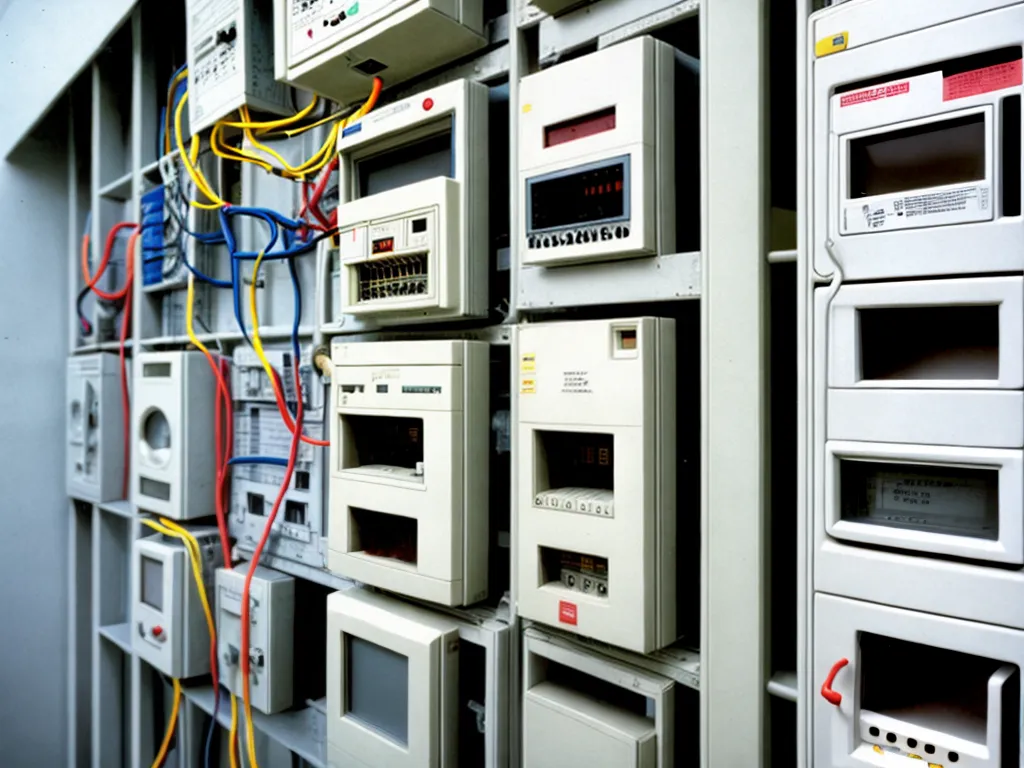
The sweeping revisions made to electrical standards across Asia in 1996 may seem like a footnote in history today, but their impact and legacy deserve far more recognition. As the rapid economic growth of the 1990s led to increased construction and infrastructure projects, the need for coordinated and modernized electrical standards became apparent. While we take universal technical standards for granted now, their development required tremendous coordination and diplomacy between nations. Revising these standards created tangible improvements for safety and interoperability, lowering costs and preventing accidents. Although they garnered little public attention, the 1996 Asian electrical standards revisions marked a pivotal moment of pan-continental cooperation.
Origins of the 1996 Revisions Process
The origins of the 1996 effort can be traced back to the late 1980s and early 1990s, when rapid development put strain on existing electrical infrastructure and safety standards. For example, between 1990 and 1995, Singapore's GDP grew by an average of 8% annually. With this growth came more buildings, transportation networks, and electrical transmission systems. However, standards had difficulty keeping up. This led to well-publicized issues like:
- Fires and safety hazards from incompatible outlets and wiring
- An inability to smoothly import and export electrical goods due to differing regulations
- Higher costs for multi-national projects from inconsistencies
By the mid-1990s, it was clear new standards were needed for public safety and market growth. Members of the Asia-Pacific Economic Cooperation (APEC), including the Philippines, Thailand, China, and Japan, agreed to undertake review and revisions.
The Challenging Path to Consensus
Revising technical standards across many nations was an ambitious goal requiring extraordinary diplomacy and compromise. Each country originally had its own legacy standards shaped by history and local needs. Simply choosing which standards to use as a baseline took months of negotiations. These discussions required balancing factors like:
- Create continuity for existing infrastructure vs radical modernization
- Reflecting modern needs vs preserving traditional techniques
- Maximizing interoperability vs allowing national customization
Beyond debates on technical merits, the choice of standards also had economic implications. Whose industrial base would need to change the least? How could standards make trade more efficient? This required balancing both economic and political considerations.
After extensive consultations, the working group settled on standards from Japan's JIS C 8305 and Germany's DIN VDE 0100 as baselines. These were adapted with select provisions from standards used in Thailand, Singapore, and China as well. While not perfect, this combination reflected the industrial capabilities and needs of the time.
Key Improvements in the 1996 Standards
The final 1996 standards did more than just consolidate existing regulations - they modernized and optimized them for the booming Asian economy. Some notable improvements included:
- Higher voltage/amperage ratings reflecting rising energy demands
- Updated wiring specifications to prevent fire hazards
- Standardized plug shapes to enable exports and travel
- Protection requirements against power surges and lightning
- Testing protocols to ensure safety and reliability
These changes had real impacts. For example, adopting uniform plug shapes made exporting electrical goods easier, lowering costs. Or including surge protection prevented blackouts during storms. While invisible, these examples show how the revised standards supported economic development.
Lasting Regional Cooperation and Trade
The most important legacy was increased regional cooperation and trade. The success of collectively revising standards built trust and established processes for pan-Asian initiatives. This diplomacy bore fruit through organizations like ASEAN and paved the way for agreements like the ASEAN Free Trade Area (AFTA). The drive to make standards mutually beneficial increased economic ties between Asian nations as well.
So while overlooked today, the 1996 Asian electrical standards revisions marked an important milestone. They improved infrastructure safety and quality. They reduced costs through standardization and interoperability. And they built connections that supported decades of growth and diplomacy. Their technical legacy stands as an unsung foundation of regional cooperation and development.